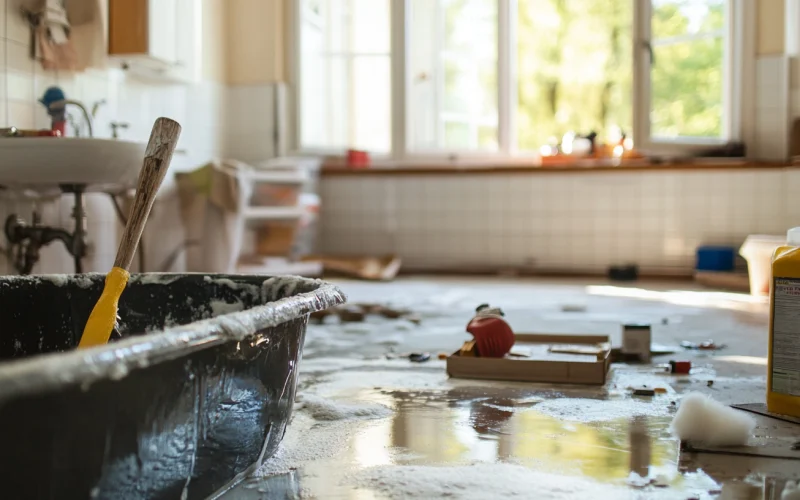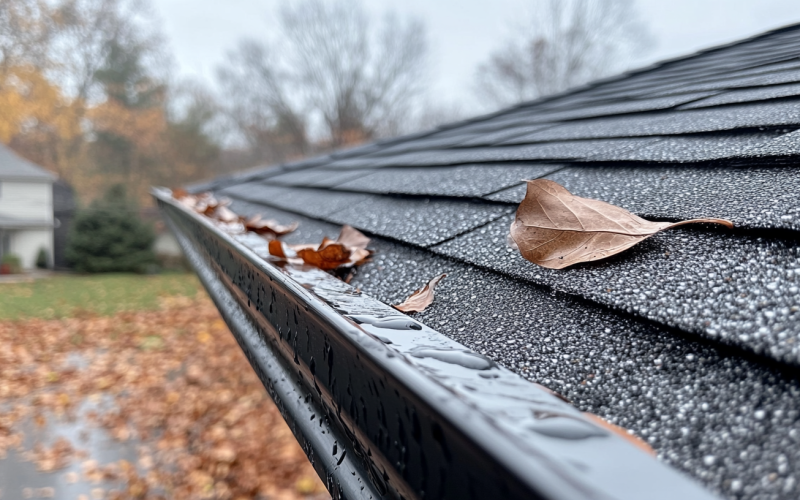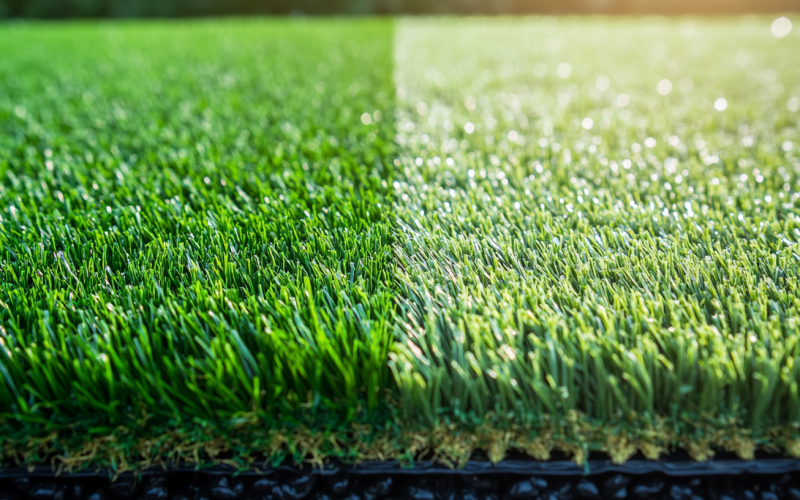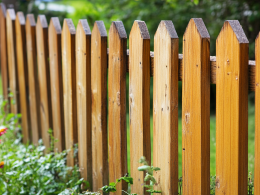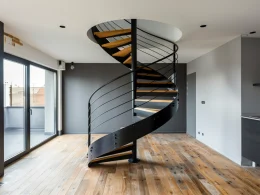To DIY or not to DIY? That is the question many homeowners face when dealing with a needed repair. Some home improvement enthusiasts are keen to try fixing things themselves, while others prefer professional help.
Both approaches offer vastly different experiences, and the best way depends on what needs to be done.
DIY vs. Professional Help
Your home will have various problems, no matter how well-maintained it is. When you face a roof leak or squeaky garage door, you can either handle it yourself or call a professional repair service. Here are the points you need to consider:
- Skill level: Most home repair jobs require plenty of knowledge and experience. DIY failures usually come from a lack of skill. Meanwhile, professionals undergo training or attend trade school to learn how to do the job effectively. It’s best to gauge the task’s difficulty to see whether it’s worth experimenting.
- Risks: Household problems vary in terms of risk. Fixing the sink may have low stakes since you’re simply working with the pipes underneath your counter. Meanwhile, taking on electrical work could result in shocks or fires if you aren’t careful. Gauge your confidence and conditions when considering your options.
- Time: Some homeowners feel calling a professional is a waste if they could fix the problem within five minutes. Others like the convenience of having an expert take care of things. Check your schedule and see whether you have the time and energy for the project, especially if emergency repairs are needed.
- Price: DIY projects have a reputation for being more cost-efficient. However, you must consider the quality of the work and whether you’ll make mistakes along the way. If you complete the repair but it breaks a few days later, you will have to spend more time and money on materials. It might have been more budget-friendly to call somebody instead.
Home Repair Examples
Only you make the call on whether to fix a home repair yourself or enlist the services of a pro. Here are some sample scenarios and suggestions on what to do to aid you in your decision-making.
1. Roof Leaks
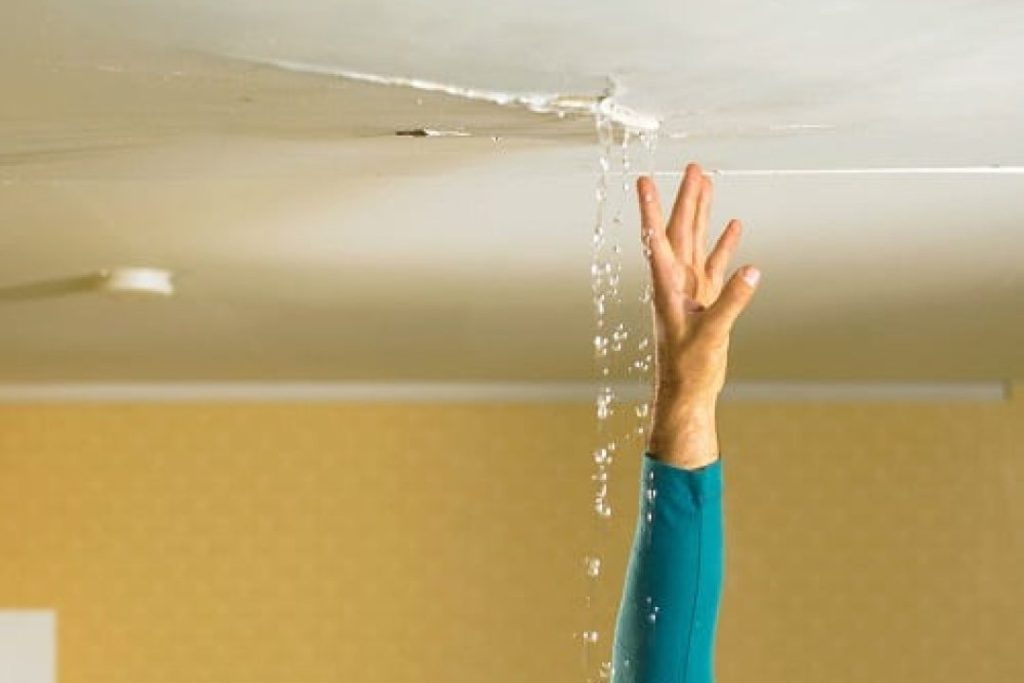
A leaky roof is troublesome, as it disturbs the airflow and brings outdoor elements like rain and sunlight into the home. Going up on a ladder and inspecting it is rather dangerous. It’s better to call a roofer with the proper tools and experience to check out the issue. They can seal the gap and prevent future leaks.
2. Drywall Holes
Drywall is susceptible to holes, dents and scuffs. Experts should take care of large issues and make the wall appear seamless. They’ll also assess the extent of the damage to see whether the structural integrity is still intact. You can patch up smaller holes by yourself. Install preventive measures like door stoppers as well.
3. Squeaky Garage Doors
If your garage door starts squeaking when opening or closing, that’s a call for help. Torsion springs are responsible for heavy lifting, and they usually need replacement after less than a decade since they get worn out. If the inner workings of a garage door are foreign to you, call in an expert to work on the project instead.
4. Cracked Tiles
Tile damage is dangerous since you must watch where you step. Moisture could also seep underneath and affect the foundation of your home. Epoxy should do the trick if the cracks are on one or two flooring squares. However, if multiple neighboring tiles have cracks, you may have to call your installer. The damage may also require grout replacement.
5. Scratched Window

Scratches and stains on a window compromise your visibility of the outdoors. There are glass scratch hacks on the internet that will help you remove imperfections quickly. However, you should call a window restoration professional if the damage persists.
6. Running Toilets
Plumbing problems usually require expert assistance. However, you can try a few quick fixes for a running toilet. Open the tank lid and observe the flush valve, fill valve and fill tube. Water should flow through the fill valve to clear lingering debris. If the toilet is still running, you must change the flapper.
7. Unclogging Drains
A clogged drain is quite inconvenient. You can easily fix this with a drain snake, which will bring out the gunk causing the blockage. Some people use a mix of hot water and baking soda to dissolve it. Call a plumber if the clog won’t go away.
8. Chewed Wiring
Have electrical wires been nibbled? Whether it’s your pet or a pest, it’s best to call in an electrician. These experts will replace wiring to keep your appliances working. Plus, you won’t have to deal with the fear of electrical shocks.
9. Faulty AC Unit
A running AC should have a continuous flow of cool air. If not, you may have to check the circuit breakers. Allow the unit to cool before resetting and turning it back on. Call an HVAC expert if it still seems faulty.
10. Broken Refrigerator
A broken refrigerator leads to many problems, from spoiled food to high energy consumption. Cooling agents or door gaskets could be easily replaced on your own. However, use warranties when they’re applicable.
Put Your Home First
Whether you fix something yourself or call in an expert, remember to put your property first. The pros and cons of the options vary depending on the project’s difficulty. Make the right decision for your home to keep things running smoothly and safely.





